I’ve returned home from a week away in the West – Arizona, primarily, with a quick slip into the cool shade of a Southern Utah slot canyon. According to the dates on the plane tickets, I was away for barely a week. I’m certain it was longer. Or shorter? Focused attention, an unforgiving sun, and a cumulative lack of sleep all bend time the way water bends light: shimmering and disorienting.
Now, back home longer I was gone, it’s a fever dream. If it weren’t for the photos and the rough scab of a blister on my heel, you could convince me I made the whole thing up.
This ain’t my first rodeo, though. I knew the clash between the rarified and the routine was imminent, so I got myself a talisman: a charm enchanted against forgetting. In the mine-town-turned-ghost-town-turned-ashram-turned-artist-enclave of Jerome, AZ I bought an inch-long, sterling silver kaleidoscope that hangs on a necklace chain just below my sternum. Despite its tiny size, it works perfectly; hold it to the light, twist, and shards of seaglass and gems tumble over one another, reflected in a perpetually blooming, seven-petaled flower of color and light.
When friends ask me what I thought of the Grand Canyon, to briefly summarize the sensation of seeing time splayed open like a book set aside by an old and distractible god, I hold out my little trinket for them to look through. It is, admittedly, a dodge. I only know how to wrap words around the small or mundane, how to hold up something rusty or forgotten or strange and beg a closer look. Grandeur and majesty leave me mute. Or worse, I frantically gather and stack together every multisyllabic word I can find in an effort to build some replica of the experience that ends up being a sweet and shoddy shoebox diorama version of it. Bless.
But I can hold the diminutive kaleidoscope between my thumb and forefinger. It barely weighs anything at all. The lens for peering through is only a few millimeters across. I can make sense of so small a space.
The kaleidoscope was created solely for delight. Invented in 1816 by David Brewster, a Scottish physicist with a leaning toward optics, he named his creation accordingly: it means “watcher of beautiful forms”. Due to a patent mishap, an array of copycat creations inferior to his flooded the market; he barely made money from his invention. The commodification of wonder was a dubious endeavor from the outset. And in today’s era of peak capitalism when everything is for sale, the situation—to put it mildly—has not improved.
I realized several weeks after booking our trip that my friends and I would be visiting these defining American sites during one of the busiest travel times of the year—especially for that area. Now, let it be known that I fully understand the hypocrisy of hating tourists as a tourist. But it became my obsession to find off-the-beaten-path experiences that were not riddled with people seeking little more than novel backgrounds for a selfie. I had heard too many horror stories of being squished elbow to elbow in Antelope Canyon with people who were far more interested in adding their own image to the mirrormaze of Instagram than in noticing what it feels like to be flanked by epoch-tallying towers of stone.
Apologies for more hypocrisy from the woman (it’s me) whose most recent social media post is of canyons and curving rivers. This is the water we swim in now. Things have no value in modern America unless unless they can be purchased, consumed, or collected and turned into keepsake. In a society defined by capitalism, the markers of a beloved place are a parking lot, a gift shop, and a social media geotag.
It’s a new take on an old sentiment. In Walker Percy’s “The Loss of the Creature,” he writes of the Grand Canyon:
…The sightseer measures his satisfaction by the degree to which the canyon conforms to the pre-formed complex. If it does so, it looks just like the postcard, he is pleased; he might even say, “Why it is every bit as beautiful as a picture postcard!” He feels he has not been cheated. But if it does not conform, if the colors are somber, he will not be able to see it directly; he will only be conscious of the disparity between what it is and what it is supposed to be. He will say later that he was unlucky in not being there at the right time. The highest point, the term of the sightseer’s satisfaction, is not the sovereign discovery of the thing before him; it is rather the measuring up of the thing to the criterion of the pre-formed symbolic complex.
When we’ve seen the postcard—or Instagram—image again and again, we expect to witness something static and predictable that will fit within the frame of an iPhone. Commodification robs a place of its dynamism. It leaves little room for surprise, and even less for awe’s electromagnetic pulses of terror and reverence. Percy suggests a remedy:
How can the sightseer recover the Grand Canyon? …It may be recovered by leaving the beaten track. The tourist leaves the tour, camps in the back country. He arises before dawn and approaches the South Rim through a wild terrain where there are no trails and no railed-in lookout points. In other words, he sees the canyon by avoiding all the facilities for seeing the canyon.
The suggestion fills me with ambivalence. With hundreds of thousands of boots treading through an area, designated paths are critical for the protection of a place. We can’t just tromp, heedless, through delicate ecosystems that are unequipped by evolution for hordes of tourists. And yet, I would be lying if I pretended that wasn’t exactly what I want to do everywhere, all the time. I would also be lying if I told you that I resisted the urge on this trip.
I did not.
We were lucky enough to score one of the historic, hand-hewn cabins within the Kaibab National Forest; it had been a ranger station for the better part of the 20th century. I immediately looked at maps to see the nearest sanctioned lookouts, trying to sort out which would be least frequented. I noticed the cabin was a mere mile and change due south from the lip of the canyon. We had barely put our bags down when we decided to “get a lay of the land.”
I was shocked by the all the flowers sprouting through the ponderosa needles; it had been a blessedly wet spring out west and the and undulating ridges were dotted with purple spikes of wild lupine, the fiery orange of desert paintbrush, furry mats of delicate cat’s eye. I stepped gingerly out of respect for these new acquaintances and to avoid the jumping cholla cactus that snagged my friends’ ankles and shoes.
We crossed the faded twin tire tracks of a forest service road and pushed on until we crossed the paved road that carried tourists by the busload every day. We placed a rock on a stump as a trail marker for our return. The terrain steepened and I considered a pause to drink some water and catch my breath. But just as I looked to place my companions through the trees, to let them know I needed a little break, I saw that there were no more trees. I saw my friend, hands on his hips, silhouetted by the electric blue of sky at the top of the ridge. It looked like he might step out onto a bridge of waiting clouds.
No boot-packed trail or forest service signs could have led to that moment. I stumbled out of the woods onto the rocky outcrop of the world, onto the edge of my understanding. My concept of perspective, space, and time tumbled 7,000 feet down toward the Colorado. All my words for making sense did, too. I scuttled as close to the edge as I dared and sat, careful to make sure my body didn’t follow suit.
I'm not sure how long it took me to notice that the craggy, lichen mottled rock beneath me was limestone. It was not made of molten earth, hardly stone at all, but instead had coalesced from layer upon layer of shell and bone deposited by the spectral marine life of an ancient ocean. I ran my finger over the unmistakably curved ridge of a fossil—maybe a brachiopod? The specifics were secondary. The incomprehensible fact: I sat on an ancient seafloor vaulted over a mile in the air touching a 280-million-year-old shell. Of course there are no words for this. Ears didn’t evolve to hear them until many eons later.
Allow me a quick clarification detour. The word “pilgrim” carries layers of meaning from Christian religious quests to Plymouth Rock, buckle-shoe colonialism. And given that I just spent a week moving through the lands of Diné, Hopi, Paiute, Havasupai, and Yavapai people, it feels critical to make abundantly clear that these are *not* the pilgrims I’m talking about.
But the Grand Canyon remains a quintessential American pilgrimage. People come in droves from around the world to experience what might be the most defining geologic feature of the country; the identity of the place is informed by it the way Everest tethers Nepal to the sky.
If you strip the word back to its most fundamental etymology, it means foreigner or stranger: someone per agri, from “beyond the field.” The peregrine falcon, or pilgrim falcon, is so named because they’re captured by falconers while migrating rather than taken from the nest. The parallels between voyages and a certain degree of discomfort doesn’t end there; “travel” itself comes from the same root as “travail” – a painful and laborious effort.
A tourist captures the place they visit with photographs like a splayed and pinned moth. The experience can be mapped and replicated by their friends. They can tell you the best spots to eat, the stores to shop in, the most sought-after vistas. It an infatuation, a romp, an unforgettable tryst. Being a tourist is fun as hell; it’s why so many of us travel that way. When you only get two weeks a year off work, why travail?
A pilgrim, on the other hand, knows she cannot know a place. By stubbornly remaining a stranger, she finds a deeper intimacy. Instead of collecting destinations like so many snowglobes, she engages in a constant commitment to see the place anew, to be awed by its inexorable evolution. She falls in love over and over with her beloved who is always in the act of becoming.
Most people, most of the time, crave an impossible stasis. Even when we travel, we seek out sameness. Like Percy’s sightseer, we want the landscapes we visit to look like the picture we have in our heads and on our phones. We want the things and people we care about to remain consistent and steady. We don’t want to be visited by loss. We want the ocean to remain where it belongs.
On this trip, I was a giddy tourist. I will gladly tell you the best place for pizza in Sedona and my favorite hikes to skirt the crowds. Now I know some patchwork pieces of Arizona; I could make an epic, 5-day itinerary.
But also, I sat on the floor of a sea in the sky. I pitched my understanding of time and space into an open mouth of stone. I became blissfully estranged from the world as I had known it before I ambled out of the ponderosa. I could never know this place in 300 million years.
If a kaleidoscope only contained a single, unchanging, backlit mandala like the rose window of a cathedral, I don’t think it would have caught on. It’s the way the colors and shapes shift in endless permutations that appeals to us. It resists sameness with all of the beauty and none of the terror.
So, if you ask me about my brief time under the wide expanse of the western sky, I will hand you the smallest kaleidoscope you’ve ever seen in answer. On one hand, it’s a keepsake – a shiny, little object that says I was there, I know that place.
On the other, it’s a pocket-sized peregrination, a practice in impermanence. It is a reminder to make myself a stranger to the world around me so that I might fall in love with it again and again.
An excerpt from “When Death Comes” by Mary Oliver
When it's over, I want to say: all my life
I was a bride married to amazement.
I was the bridegroom, taking the world into my arms.
When it's over, I don't want to wonder
if I have made of my life something particular, and real.
I don't want to find myself sighing and frightened,
or full of argument.
I don't want to end up simply having visited this world.
Other Voices
Since “What Kind of Magpie” flits from topic to topic, I’ve added this section for people wanting to take a deeper dive within the Substack ecosystem on the ideas discussed in this post.
- This publication is about the place where humanity and landscape intersect in the American West. It is CHOCK full of valuable news, insights, statistics, observations and more, all written in an enlightening, approachable, and impactful way. - Do you love hiking adventures? Do you love adorable dogs? Of course you do, because you’re not a monster. Though author Tom Ryan calls the mountains of New England his home, he regularly writes about his journeys out west with his adventure pups, Samwise and Emily. - The very aptly named Mackenzie Rivers spent nearly 20 years as a river guide in the Grand Canyon and has the life lessons to show for it. Mackenzie beautifully shares lessons in self rescue in every sense of the term.
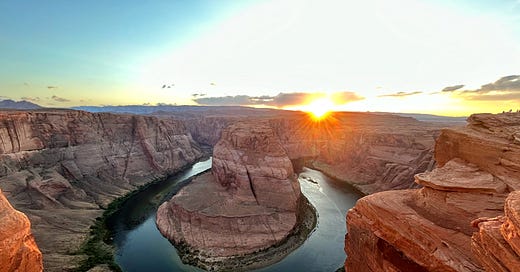



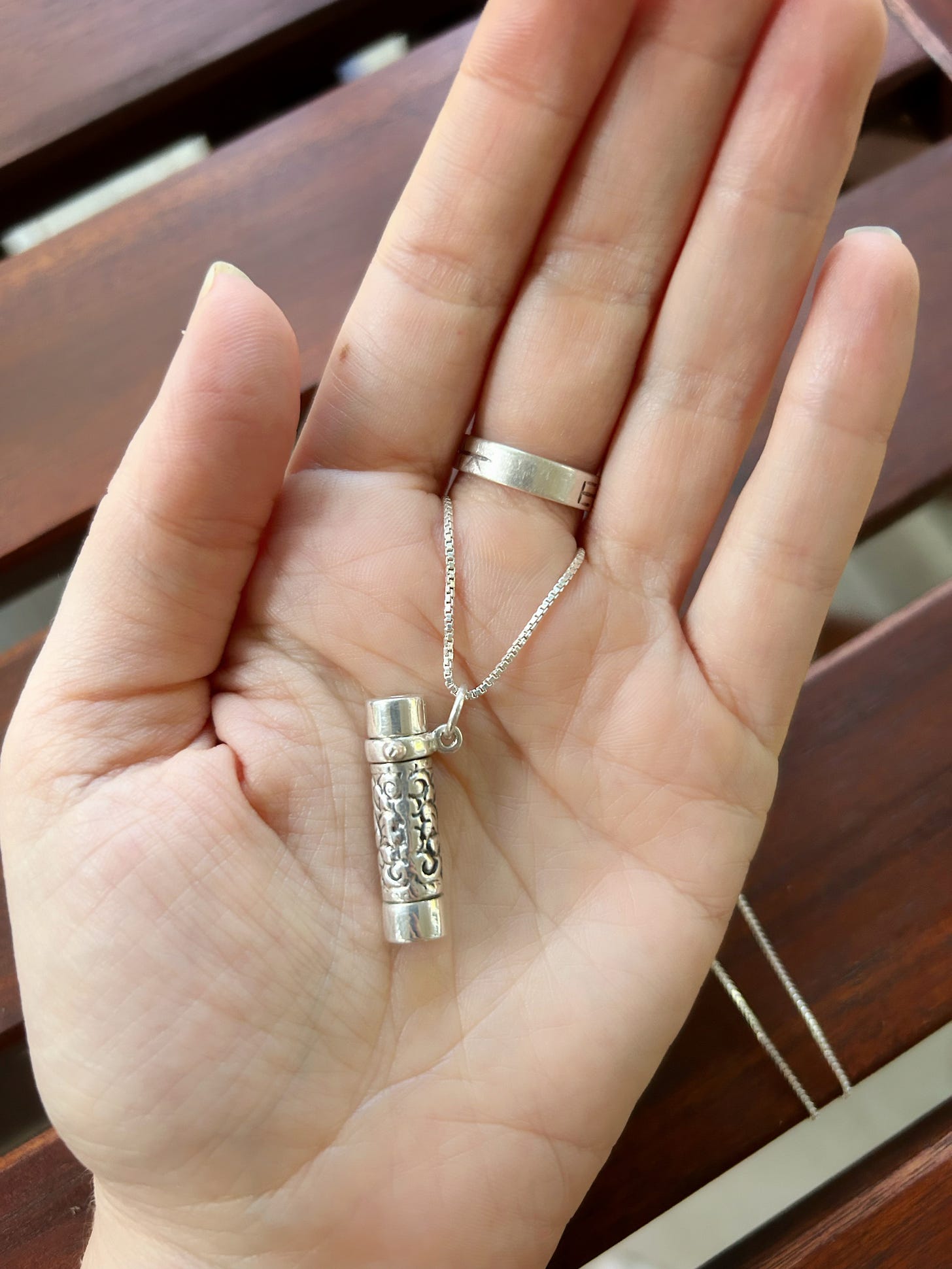
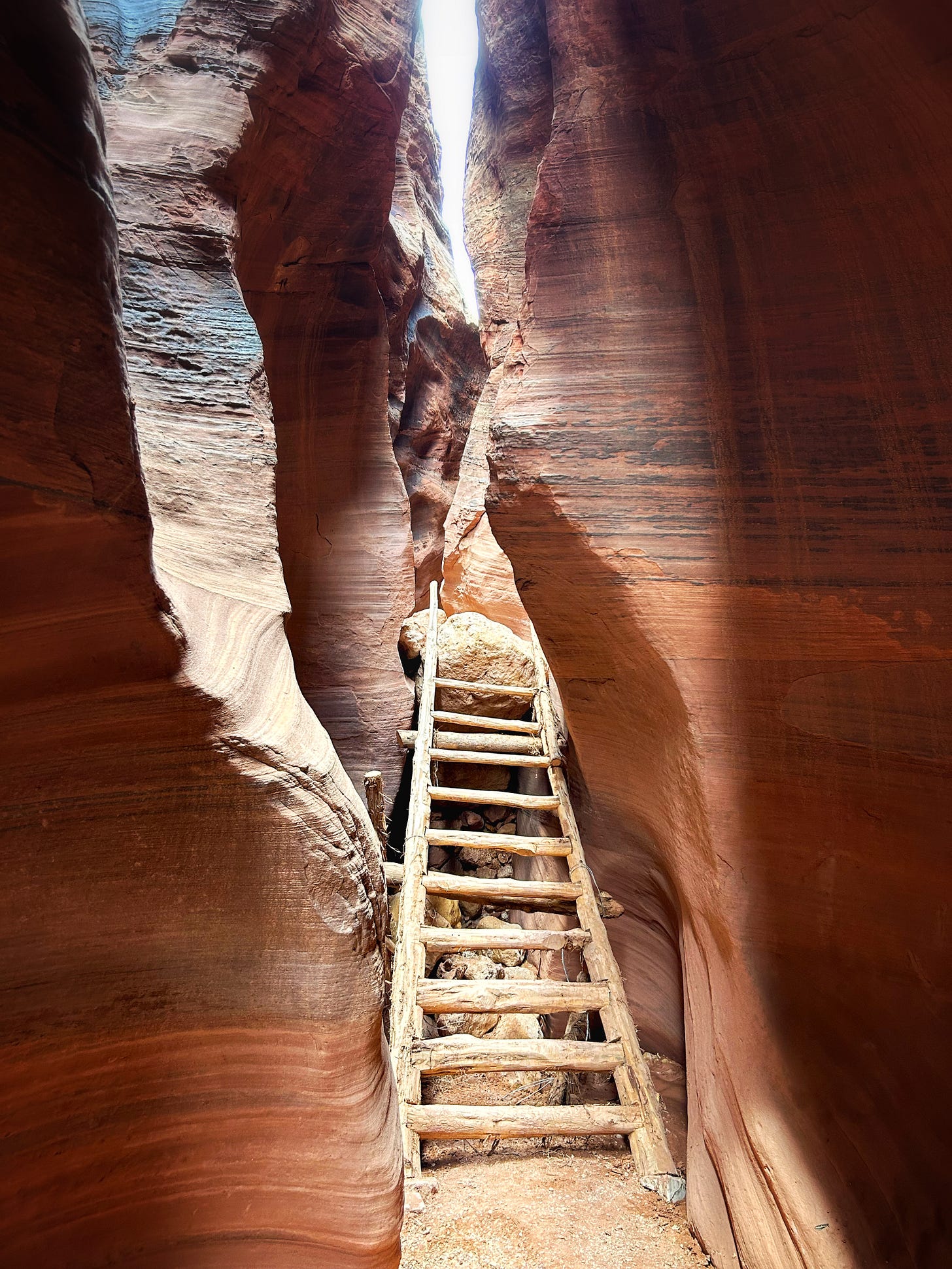
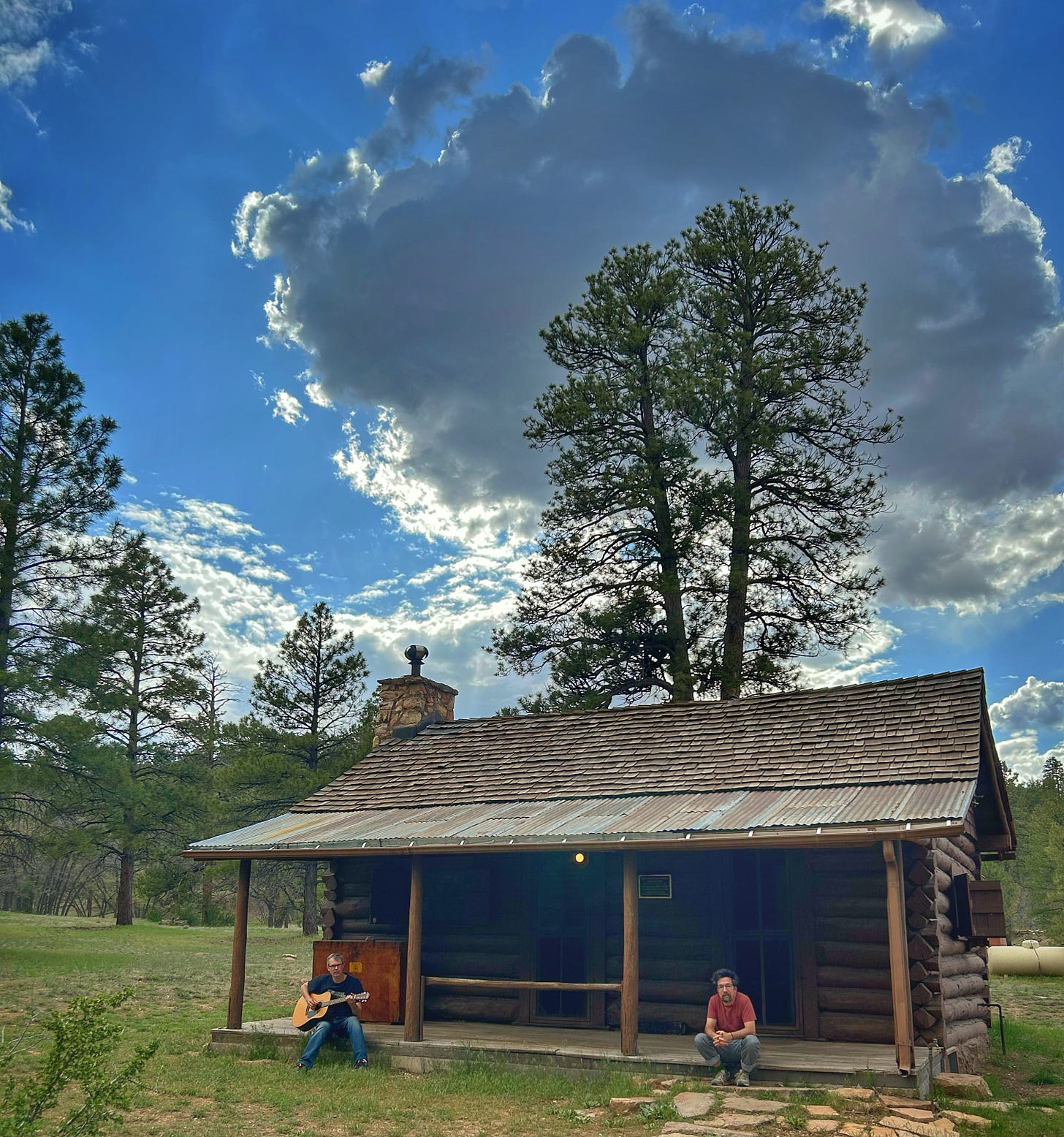



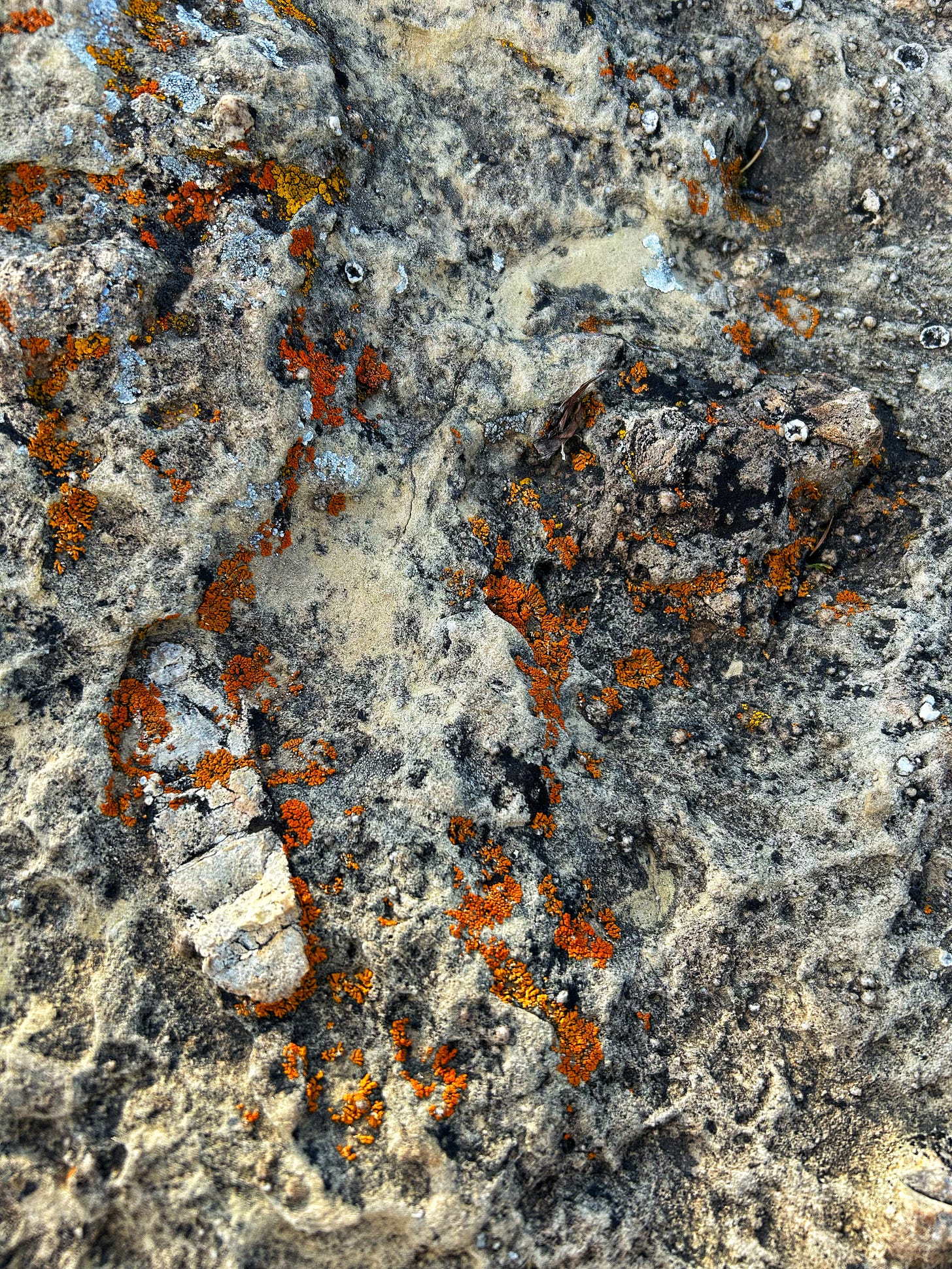

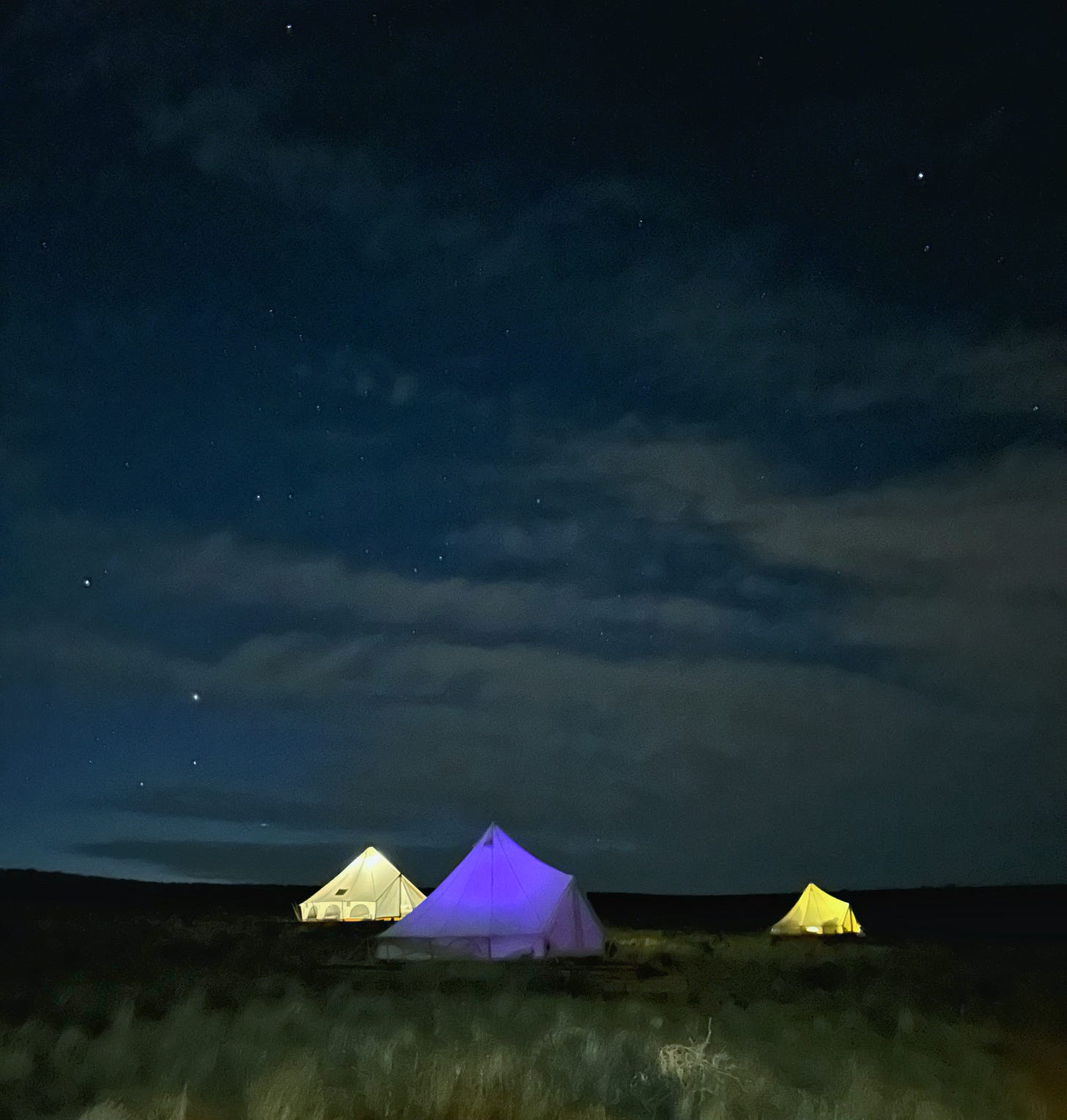
I think you know how to do much more than just wrap words around the small or mundane. Perhaps you focus on a small window through which one might see a big picture. Loved this reflection on the true wonder of a place. I have always thought that cameras (especially those on smart phones) can never really capture a place. Of course they can't. You reminded me of Ed Abbey, who said (paraphrasing), if you want to see a park, you've got to get out of the damn car. We should compare AZ notes sometime. I want to go back for an even more off-the-beaten-path experience.
I really love the imagery in this piece! Beautifully written. 💚